Today’s #kanji is 法, which is listed under 氵. 法 used to be written as 灋, which is a compound ideograph made of 水 (being fair), 廌 (holy animal) and 去 (to leave).


Today’s #kanji is 法, which is listed under 氵. 法 used to be written as 灋, which is a compound ideograph made of 水 (being fair), 廌 (holy animal) and 去 (to leave).
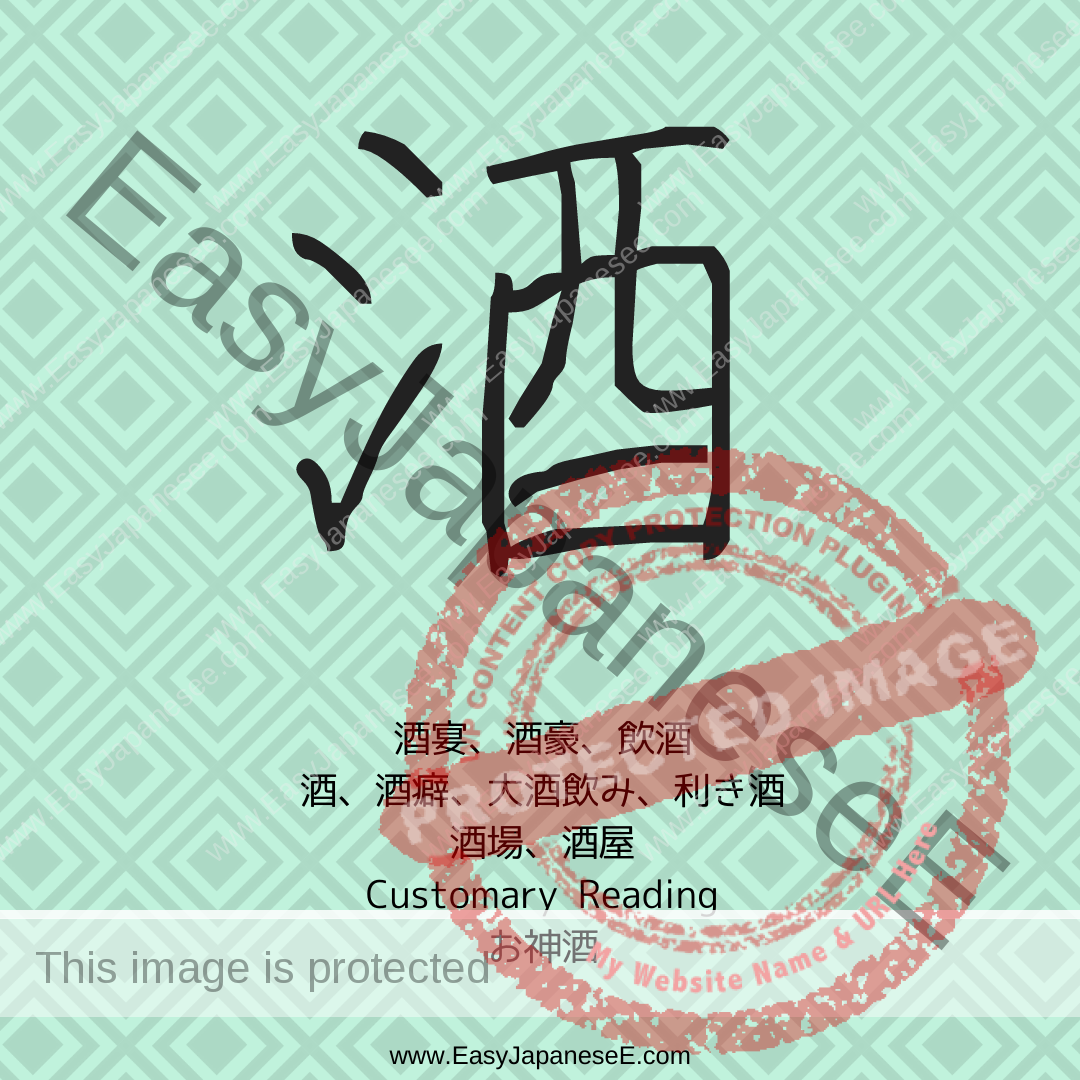
Today’s #kanji is 酒, which is listed under its phonetic element of #ひよみのとり(酉), which means “sake container”. Its semantic element is #さんずいへん(氵), water.
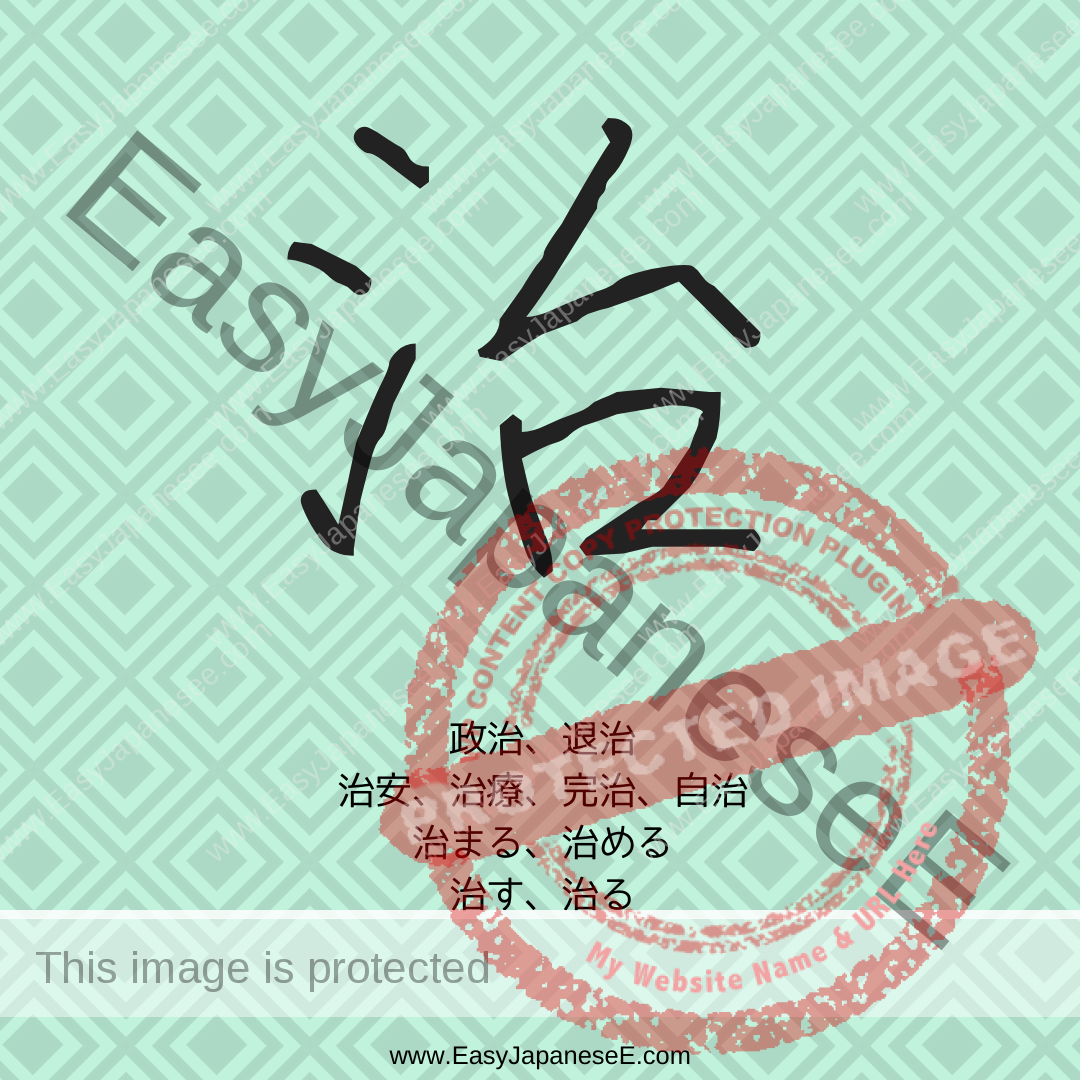
Today’s #kanji is 治, which is listed under its semantic element of #さんずいへん(氵), water. Its phonetic element is 台, although 治 and 台 do not share a sound.
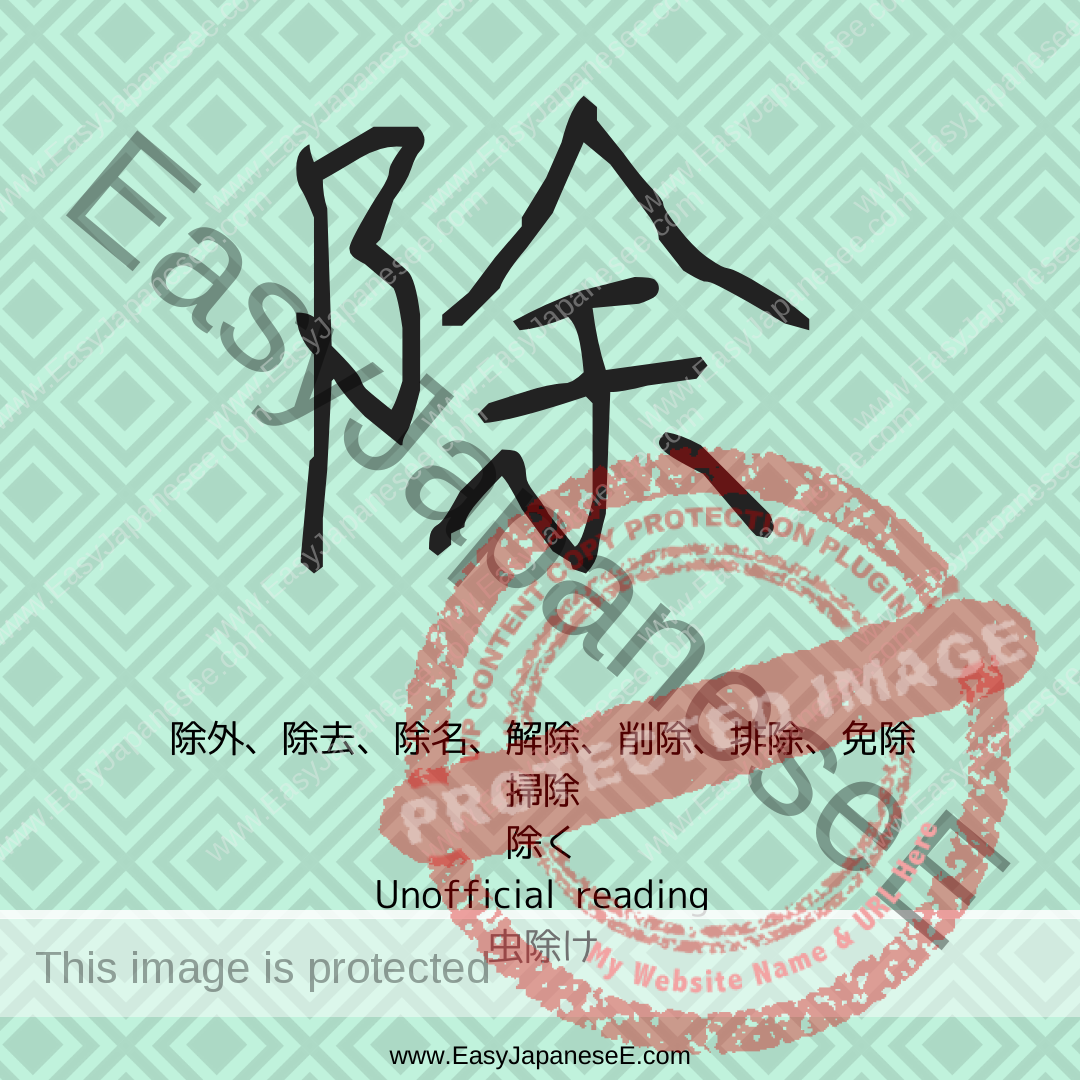
Today’s #kanji is 除, which is listed under its semantic element of #こざとへん(阝),a hill. Its phonetic element is 余, although 除 and 余 don’t share a sound in Japanese
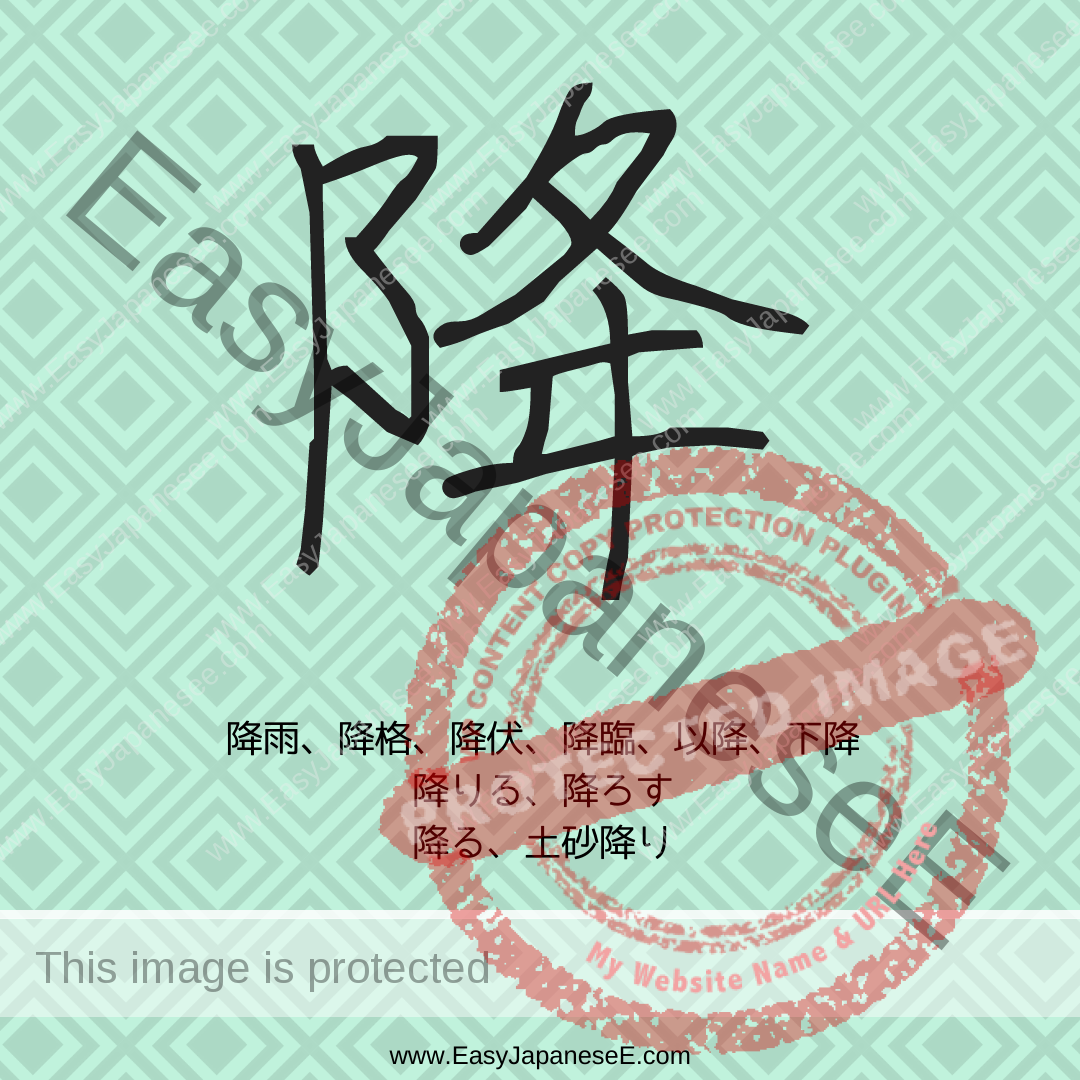
Today’s #kanji is 降, which is listed under its semantic element of #こざとへん(阝), a hill. Its phonetic element is 夅, which has the meaning of “descending.”

Today’s #kanji is 際, which is listed under its semantic element of #こざとへん(阝), which means a hill, the earth, etc. Its phonetic element is 祭 which has the meaning of “touching.”
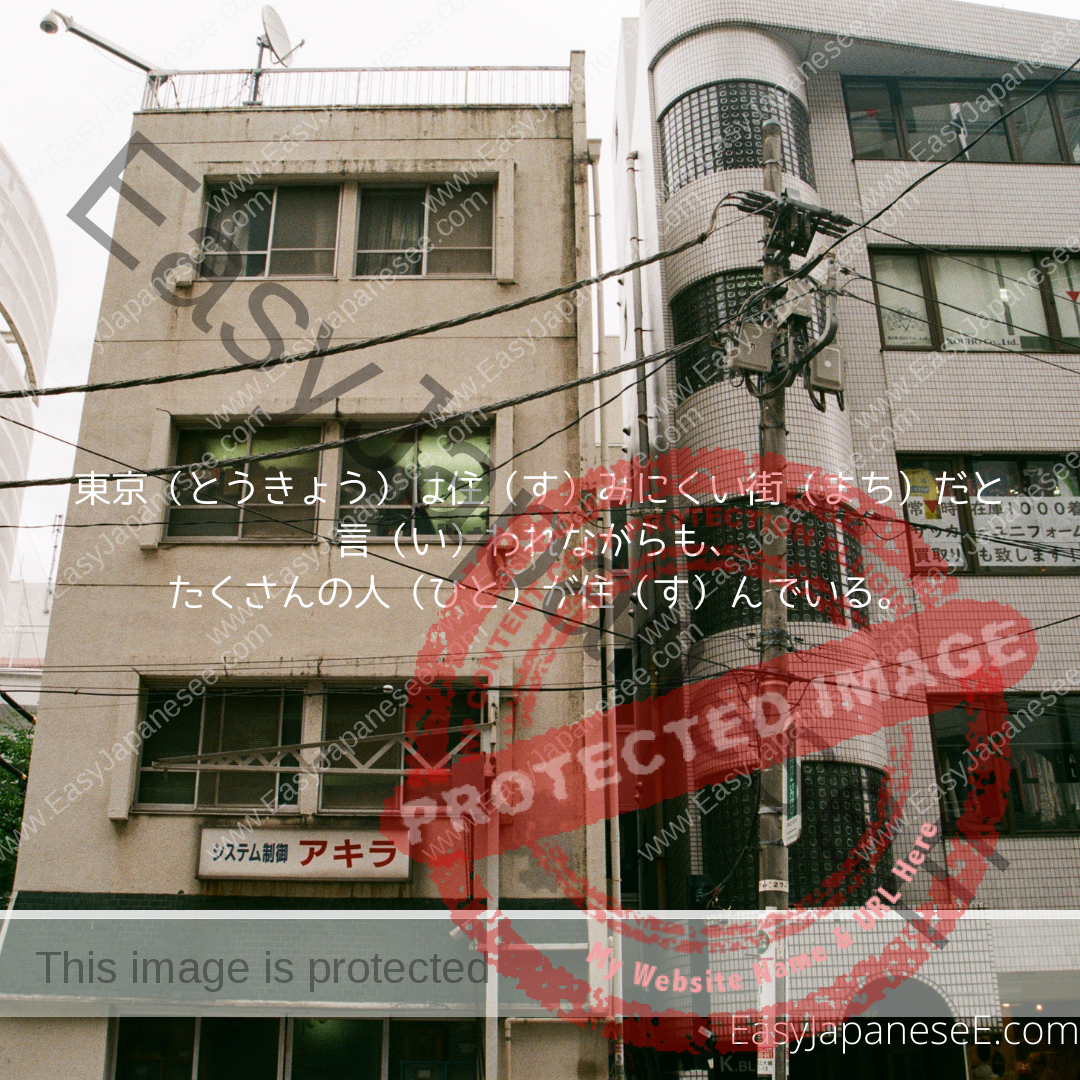
Today’s ~ながら means “in spite of ~,” “although ~,” etc. The “~” part is usually a verb or phrase that describes a condition, rather than a momentary action.

Today’s #kanji is 容, which is listed under the radical of #うかんむり(宀) but 容 is a compound ideograph made of 宀 (a house) and 谷 (a valley).
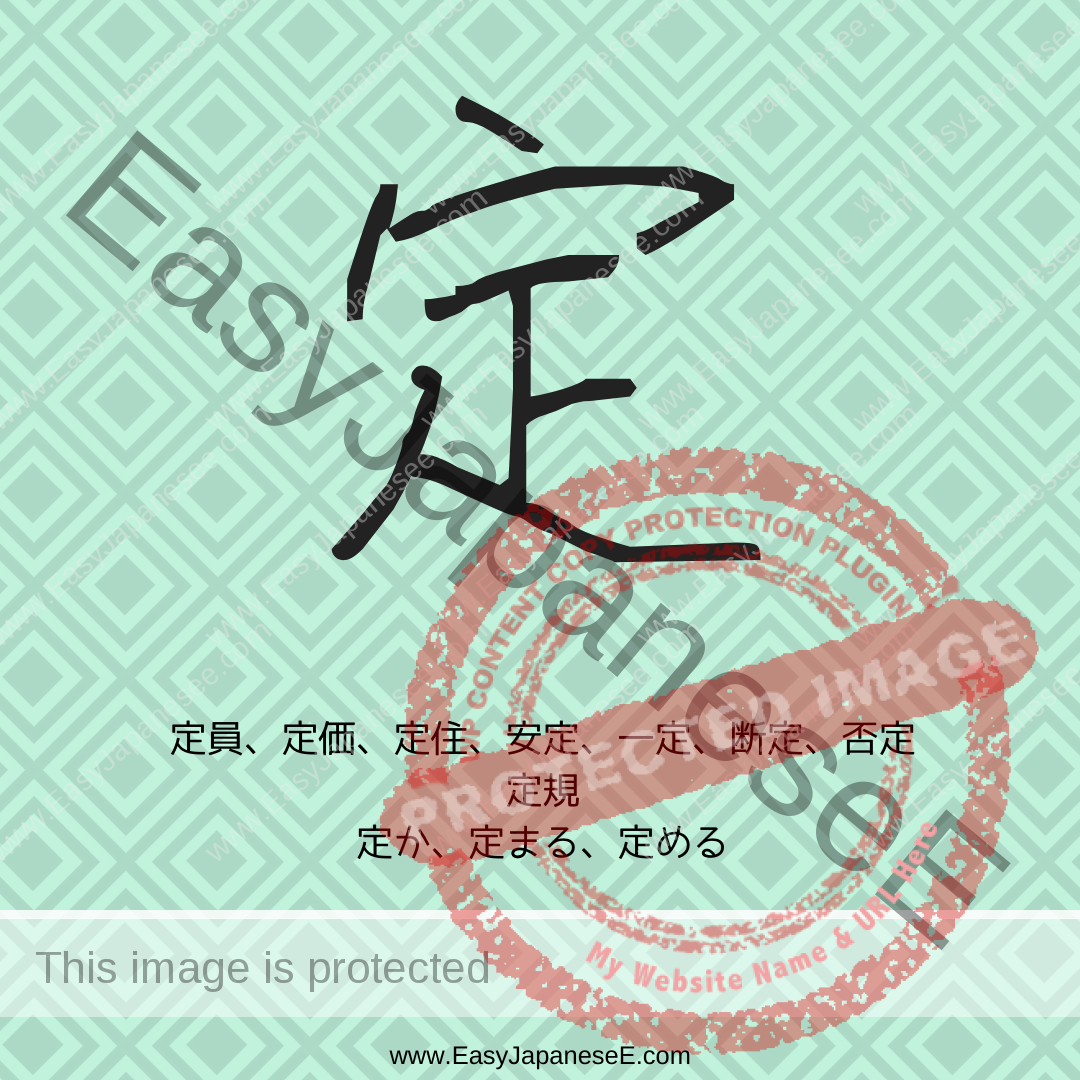
Today’s #kanji is 定, which is listed under its semantic element of #うかんむり(宀), “a house.” Its phonetic element is 正, though 定 and 正 don’t quite share a sound.

Today’s #kanji is 察, which is listed under its semantic element of #うかんむり(宀), “to cover.” Its phonetic element is 祭, although 察 and 祭 don’t quite share a sound.
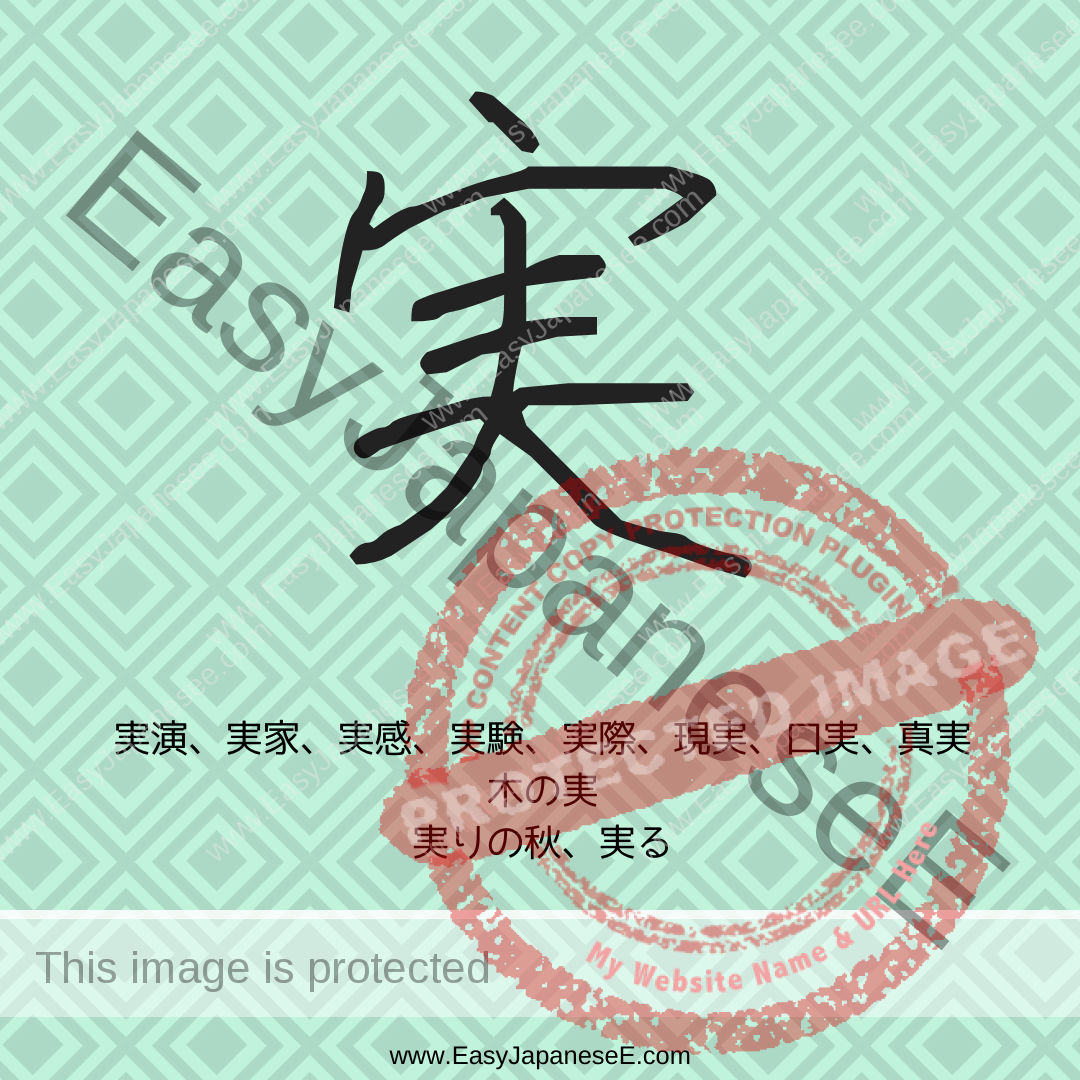
Today’s #kanji is 実, a simplified form of 實, which is listed under the radical of #うかんむり(宀). 實 is a compound ideograph made of 宀 (a house) and 貫 (goods).
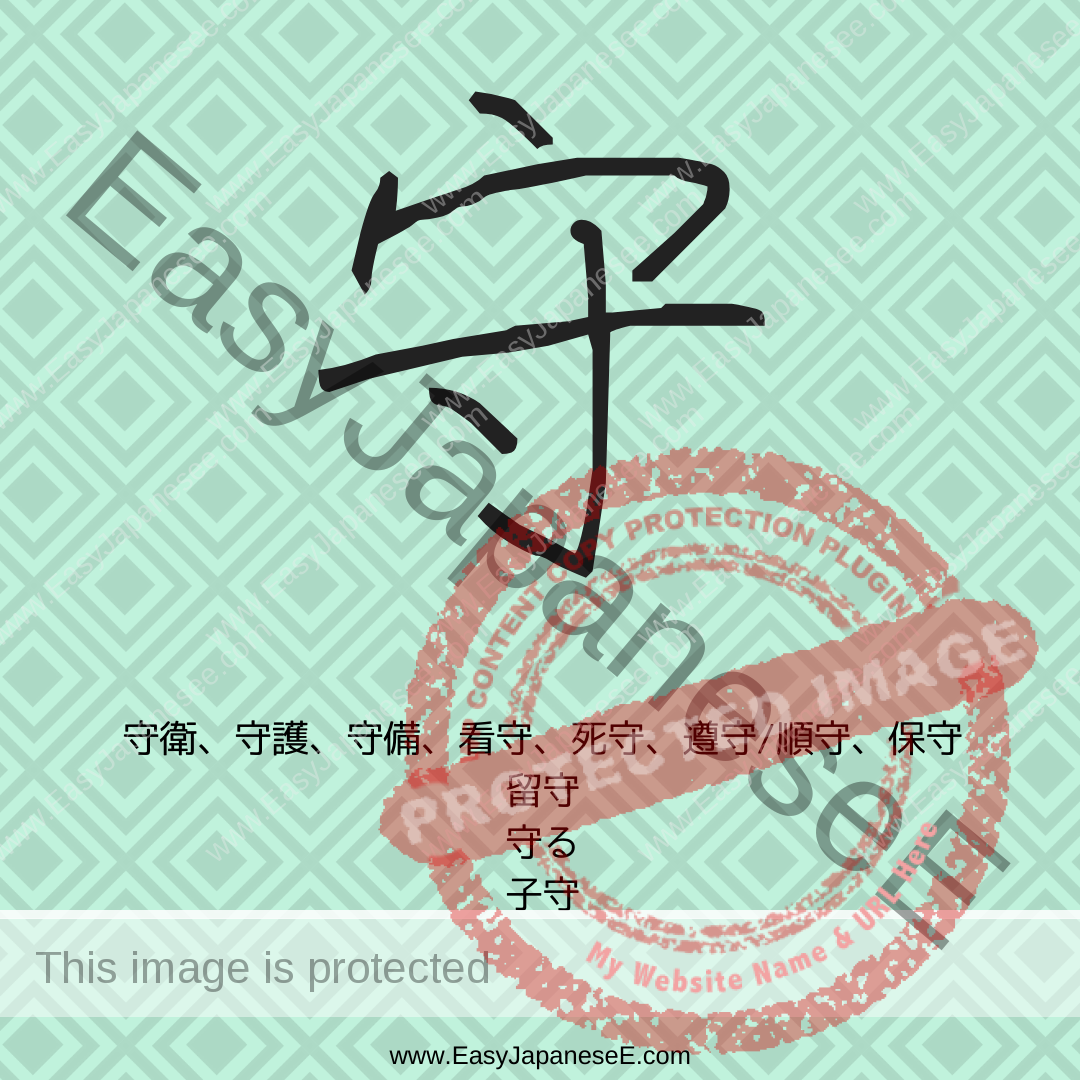
Today’s #kanji is 守, which is listed under the radical of #うかんむり(宀). 守 is a compound ideograph made of 宀 (a public office) and 寸 (rules or work).
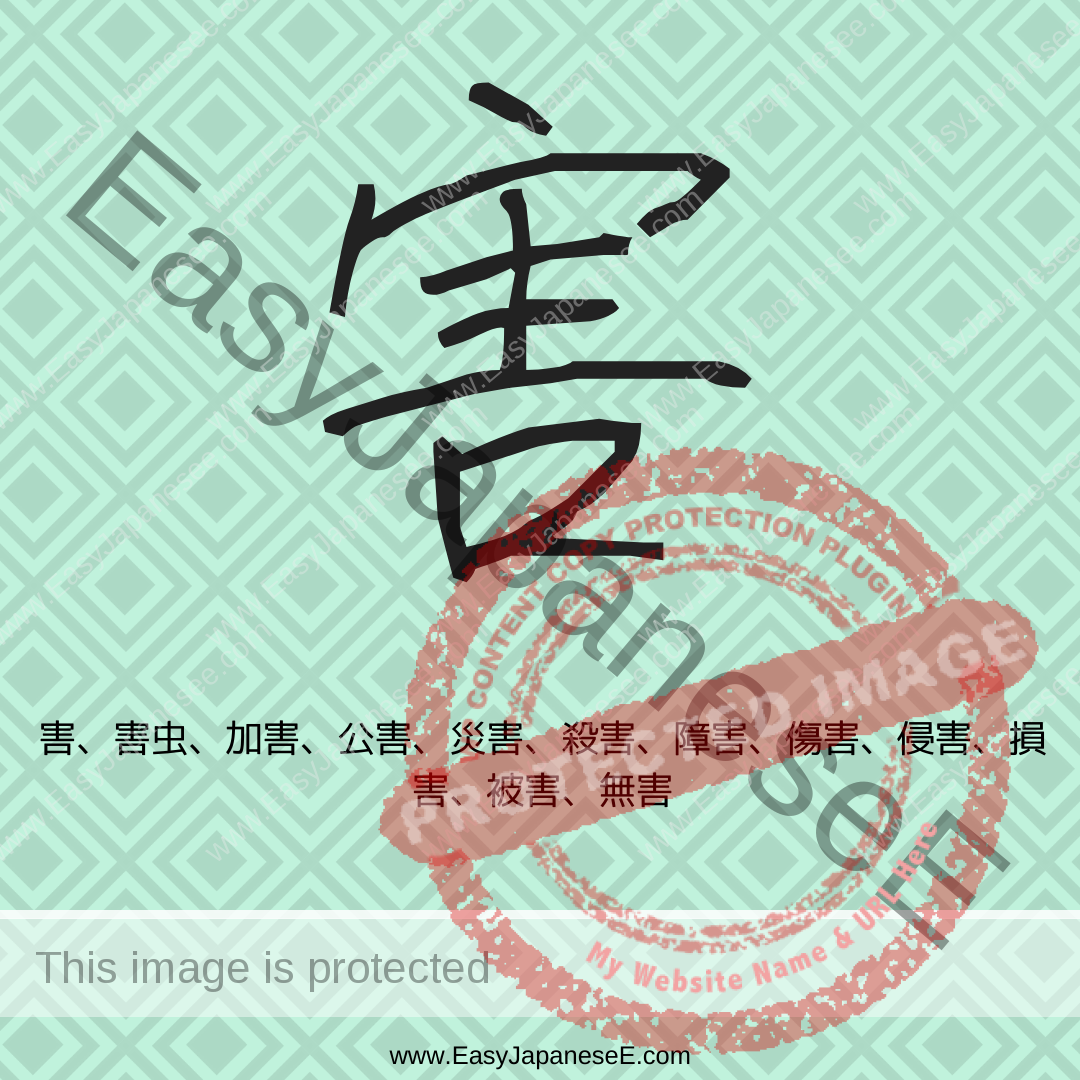
Today’s #kanji is 害, which is listed under the radical of #うかんむり(宀), but it was written differently originally and I cannot bring it up on the computer.
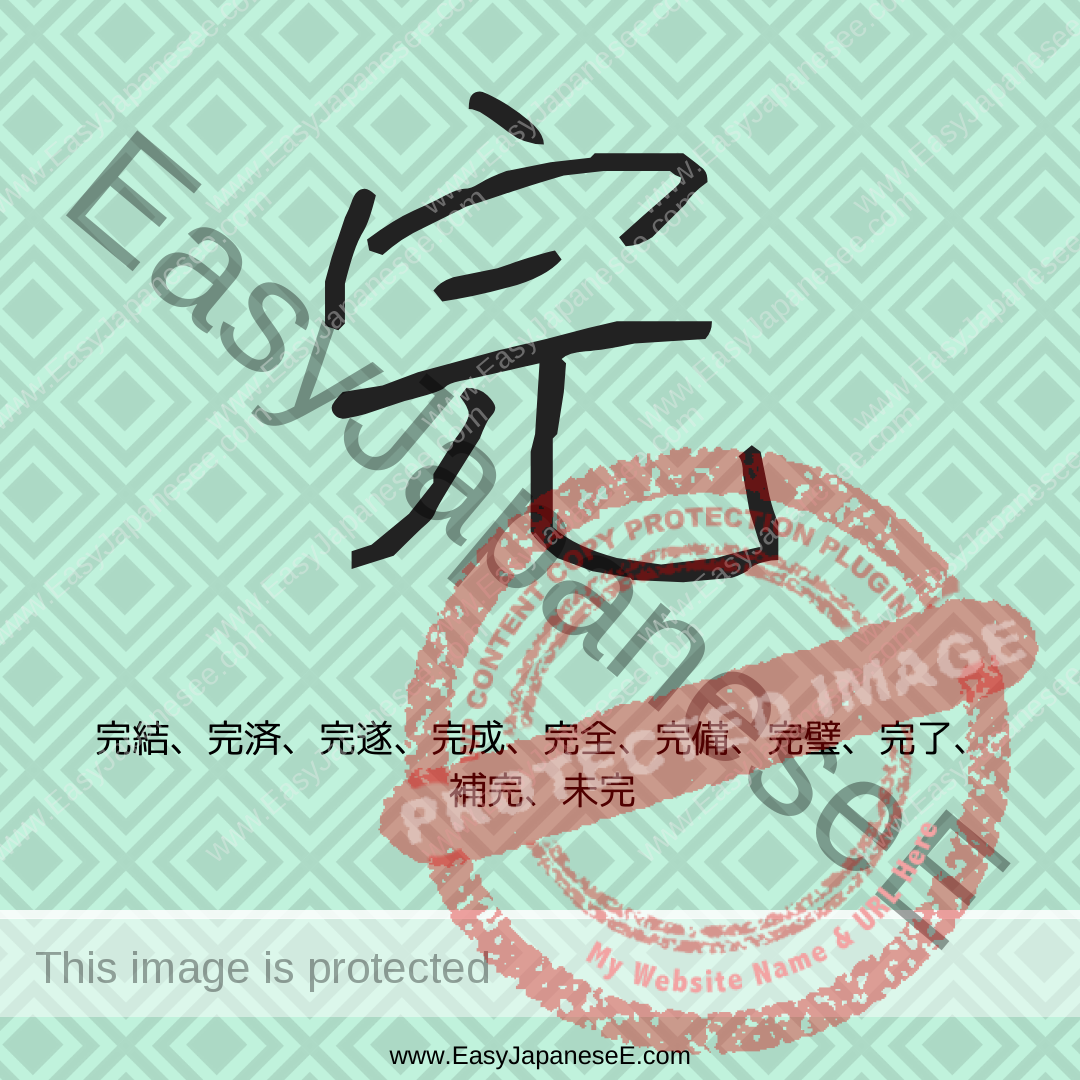
Today’s #kanji is 完, which is listed under its semantic element of #うかんむり(宀), “a house.” Its phonetic element is 元, although 完 and 元 don’t share a sound.
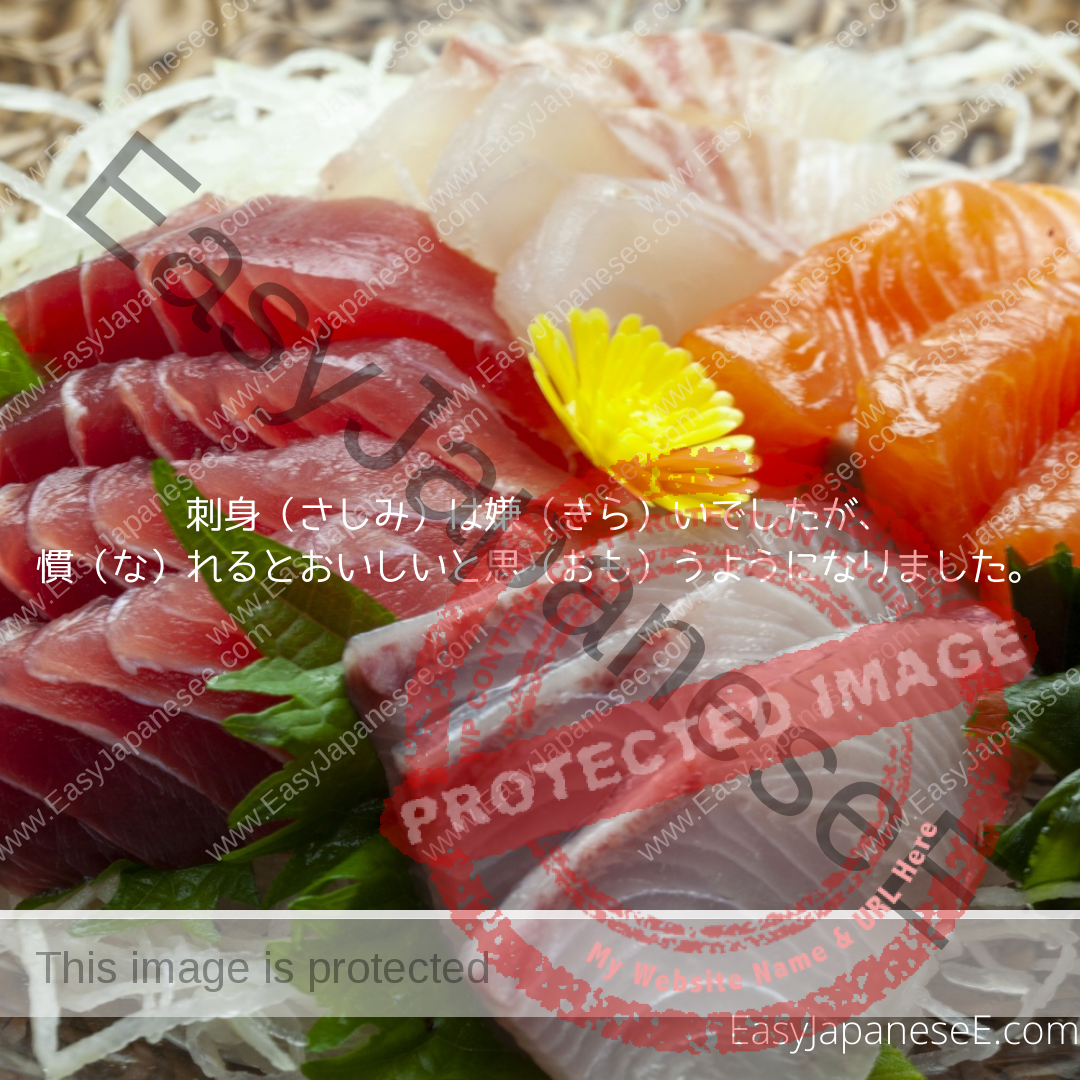
なれる(慣れる) is an intransitive verb that means “to get used to ~” or “(for something) to get familiarised with ~.” We usually use it in the form of …が ~に なれる.
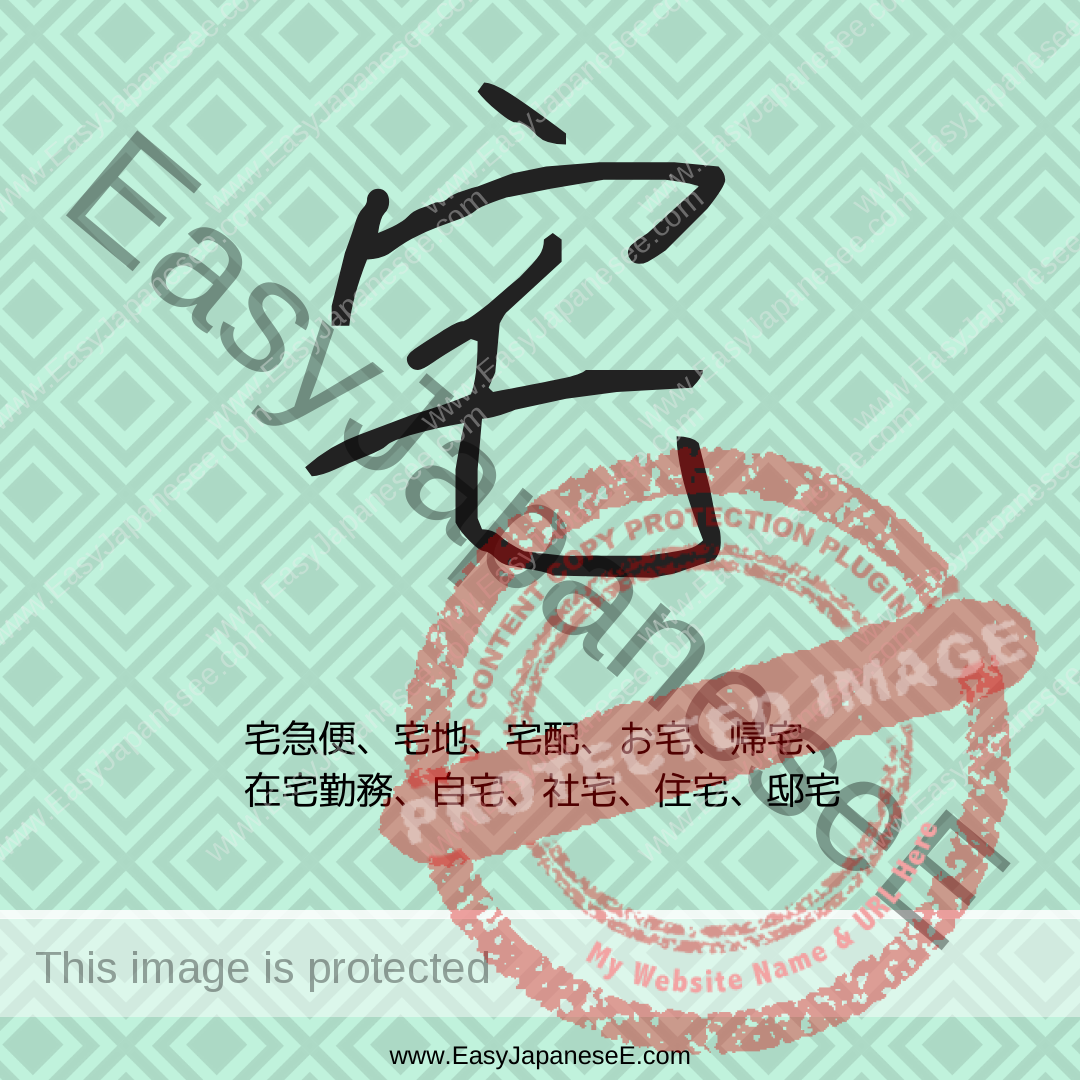
Today’s #kanji is 宅, which is listed under its semantic element of #うかんむり(宀), “a house.” Its phonetic element is 乇, which has the meaning of “to settle.”
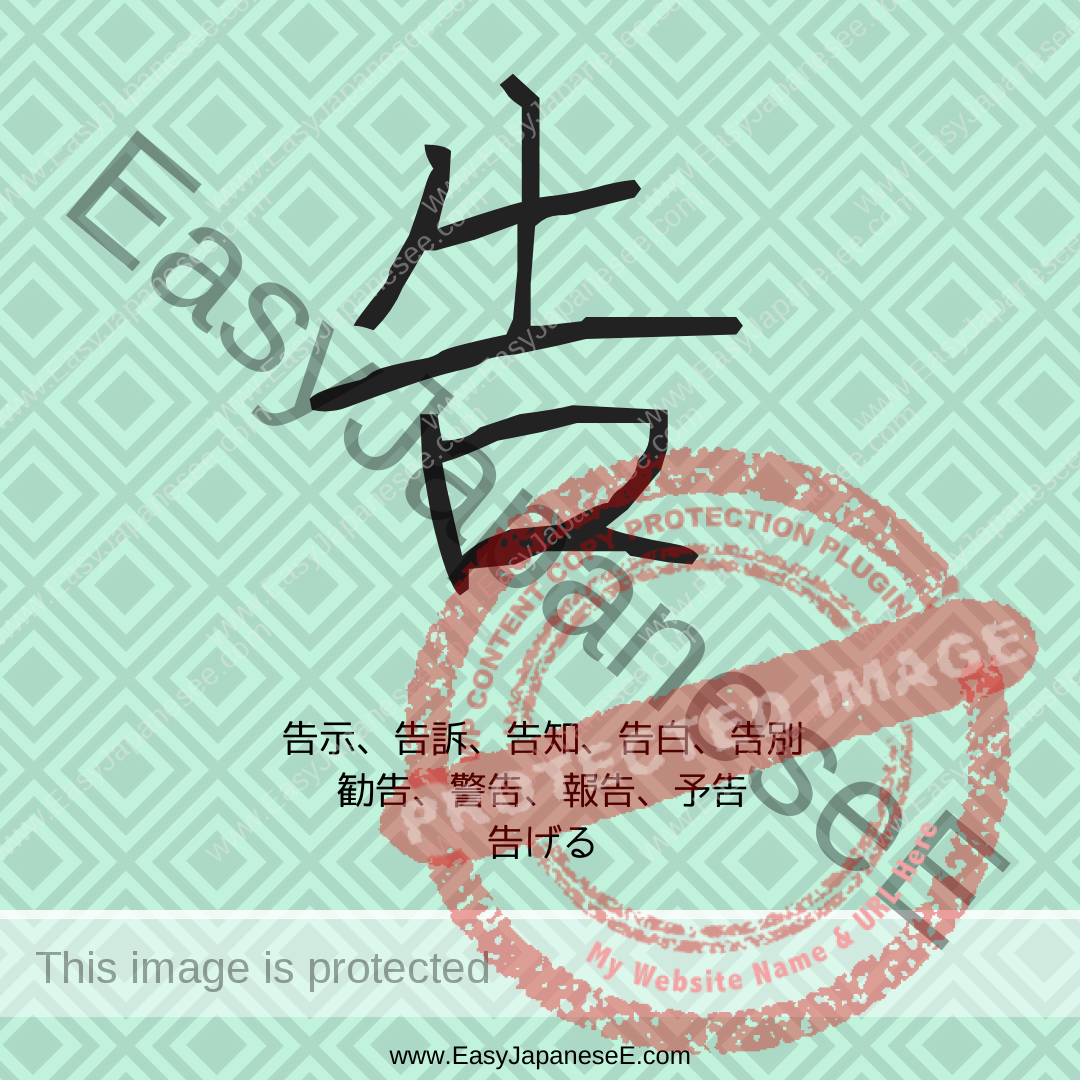
Today’s #kanji is 告, which is listed under is phonetic element of #くちへん(くち). Its semantic element is 牛, which is an offering to gods.

I talked about ~なあ being used to express one’s wish but some wishes are expressed in the negative form of ~ないかなあ even though I am wishing for affirmative result
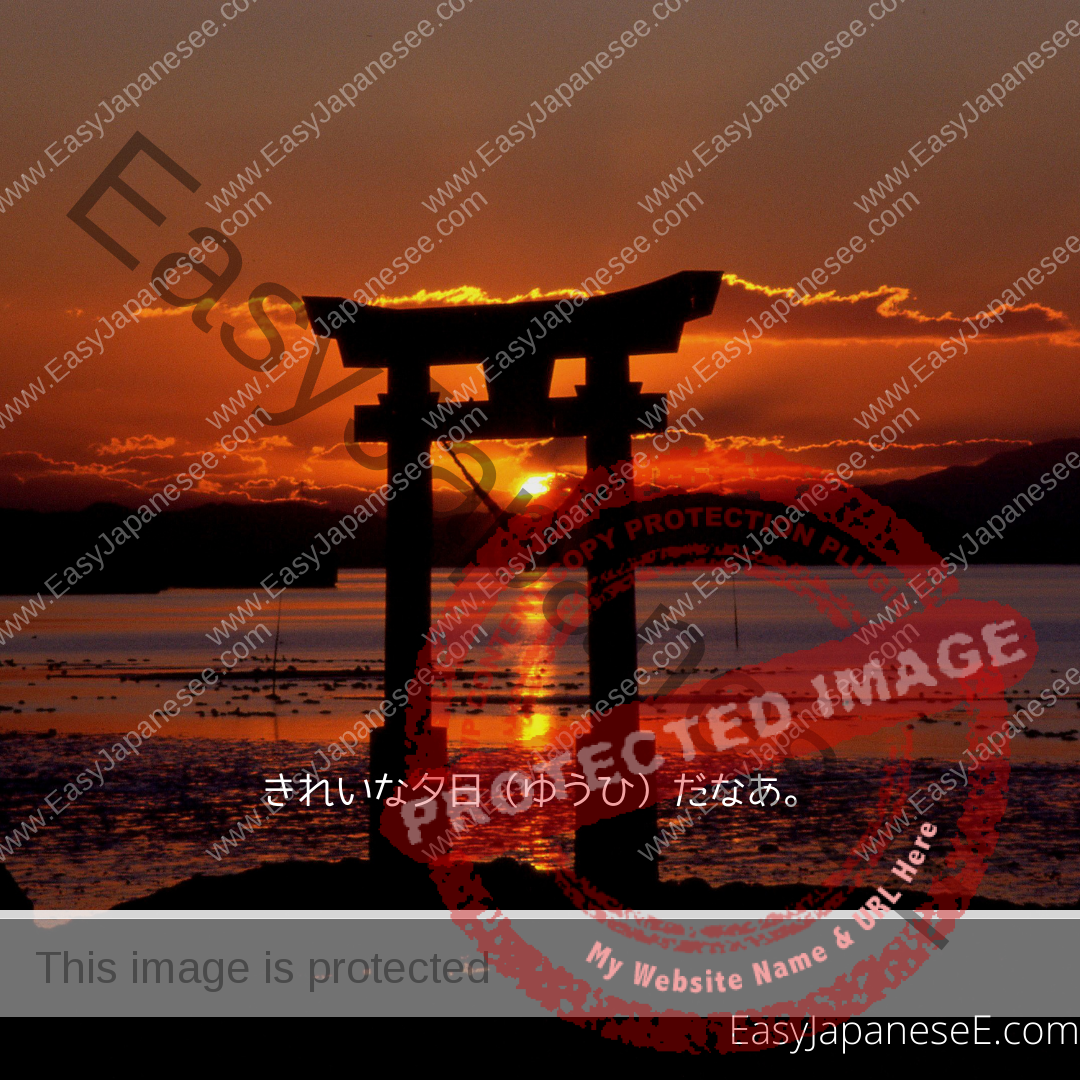
~な/~なあ is a sentence ending particle and used for softening an emotional statement, for an exclamation or to state the speaker’s wish.
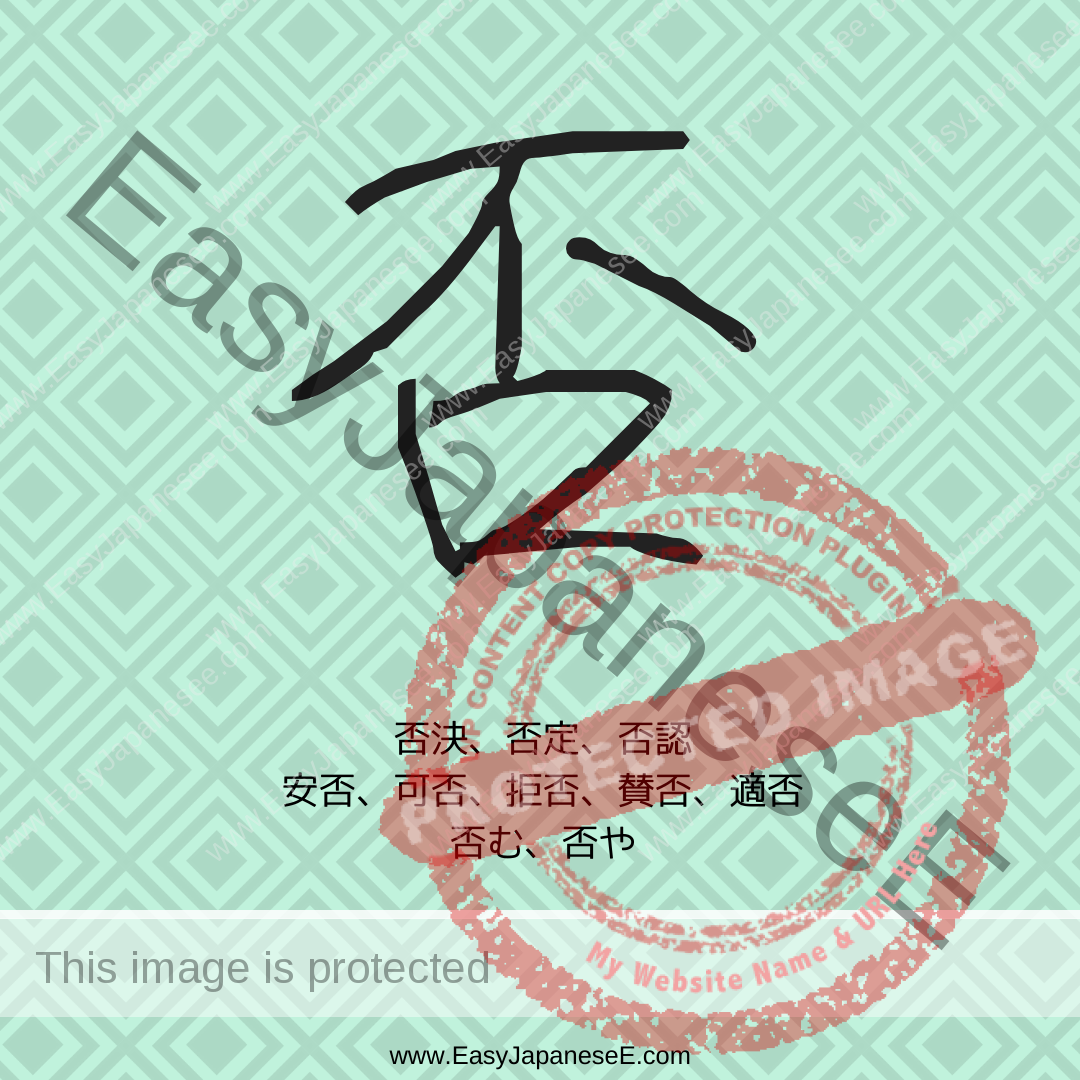
Today’s #kanji is 否, which is listed under its semantic element of #くちへん(口). Its phonetic element is 不 though 否 and 不 don’t share a sound in the modern Japanese
